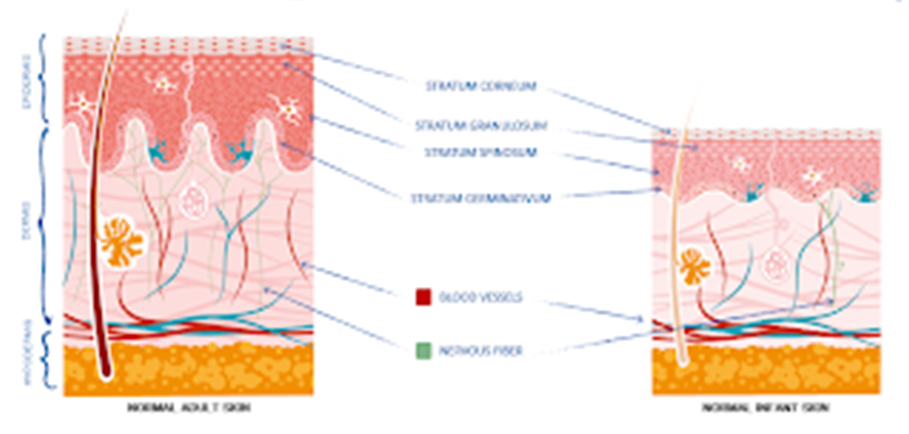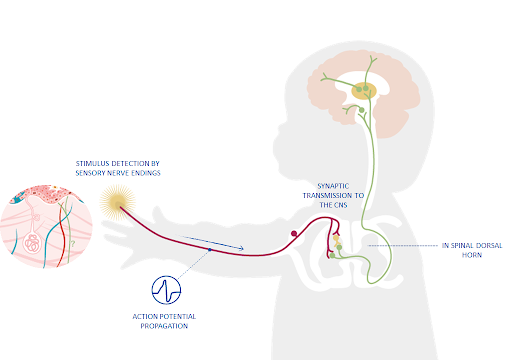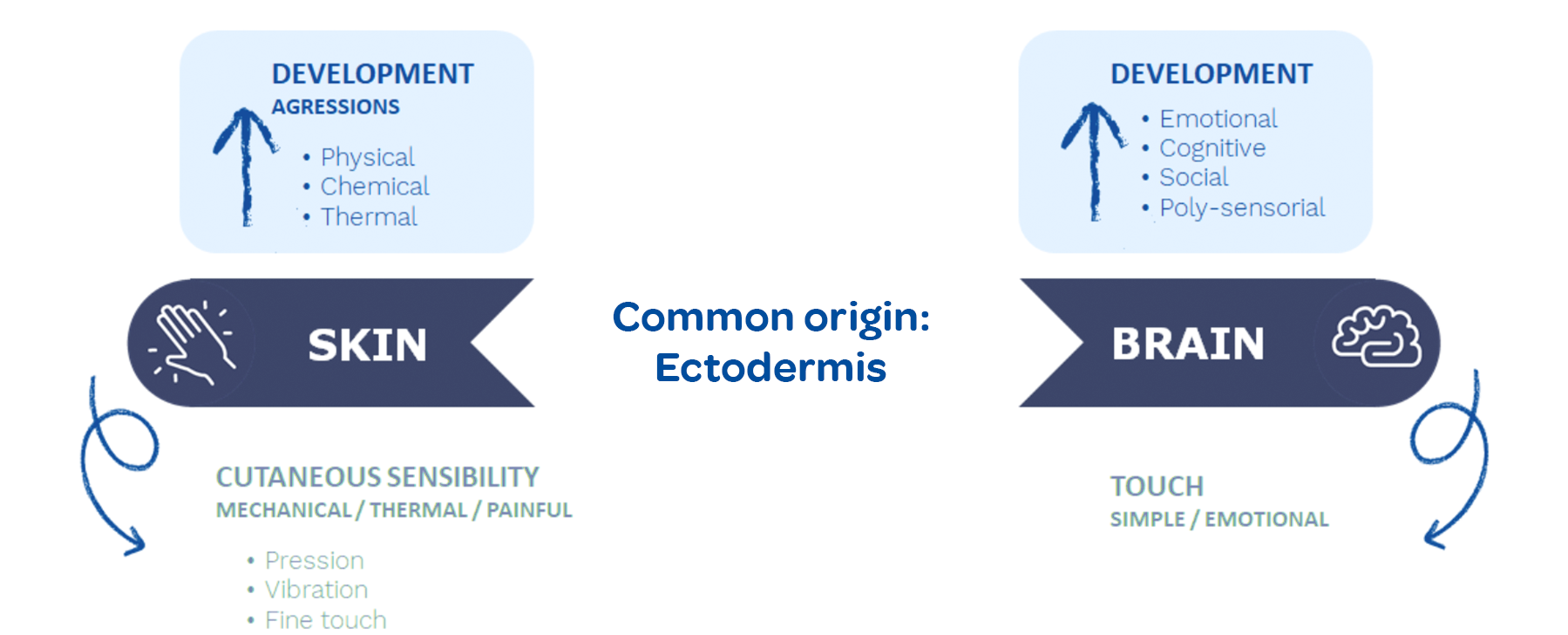
Agregue un acceso directo a Club de Expertos 

Agregue un acceso directo a Club de Expertos 

Agrega un acceso directo a Club de Expertos: presiona  y luego agrégalo a tu pantalla de inicio.
y luego agrégalo a tu pantalla de inicio.
Al continuar, usted acepta los Términos del servicio y la Política de privacidad de Club de Expertos.

Conozca los artículos desarrollados por nuestros expertos en dermatología pediátrica
Escrito por: Clarence de Belilovsky, M.D.
Especialidad: Dermatóloga. Responsable de comunicación científica en Laboratorios Expanscience.
Fecha de publicación: 26-11-2021

Escrito por: Clarence de Belilovsky, M.D.
Especialidad: Dermatóloga. Responsable de comunicación científica en Laboratorios Expanscience.
Fecha de publicación: 26-11-2021

EV.E.I.L.S* programme (EValuation of Early Infant Life: the Skin): 15 years of Mustela® research into the first study of children’s skin from birth onwards.
In partnership with a number of renowned dermatology researchers with clinical and in vitro studies of 14 patents and 69 scientific publications.1-4
Analysis of baby’s skin physiology: from the cutaneous barrier right down to the cellular level and the lowest-lying layers of the epidermis.
Mustela® baby & child range: completely reformulated, designed and patented a brand-new natural active ingredient: Avocado Perseose®.
*EV.E.I.L.S PROGRAMME: disponible sur https://www.expanscience.com/en/skin-health/products-babies-children. [Consulté le 24 décembre 2020].

Normal infant skin: Updates on major Discoveries Cf other kit
Infant skin is functionally and structurally different to that of adults
Sense of touch: Differences between glabrous and non glabrous skin
PROJECTION OF AFFERENT NERVOUS FIBERS TOWARDS CENTRAL NERVOUS SYSTEM

Links between skin and brain development

Fluhr JW et al., Infant epidermal skin physiology: adaptation after birth.
Br J Dermatol 2012;166,:483–490
Fluhr JW et al., Age-Dependent Transformation of Skin Biomechanical Properties and Micromorphology during Infancy and Childhood. J Invest Dermatol 2019; 139: 464-466.
Fluhr JW et al., Development and organization of human stratum corneum after birth: electron microscopy isotropy score and immunocytochemical corneocyte labelling as epidermal maturation’s markers in infancy. Br J Dermatol 2014;171:978–986.
In vitro patented Stelaskin® : Skin barrier function is in construction and vulnerable facing aggressions, in which epidermal stem cells are mobilized
Kolarsick PAJ, et al.Anatomy and Physiology of the Skin. JDNA 2011;3(4): 203-213.
Delmas P, et al. Molecular mechanisms of mechanotransduction in mammalian sensory neurons, Nature Reviews Neuroscience 2011;12,:139–153.
Bourinet E, et al. Calcium-permeable ion channels in pain signaling.Physiol Rev 2014;94(1):81-140.
No hay comentarios aún.
Comentarios
No hay comentarios aún.